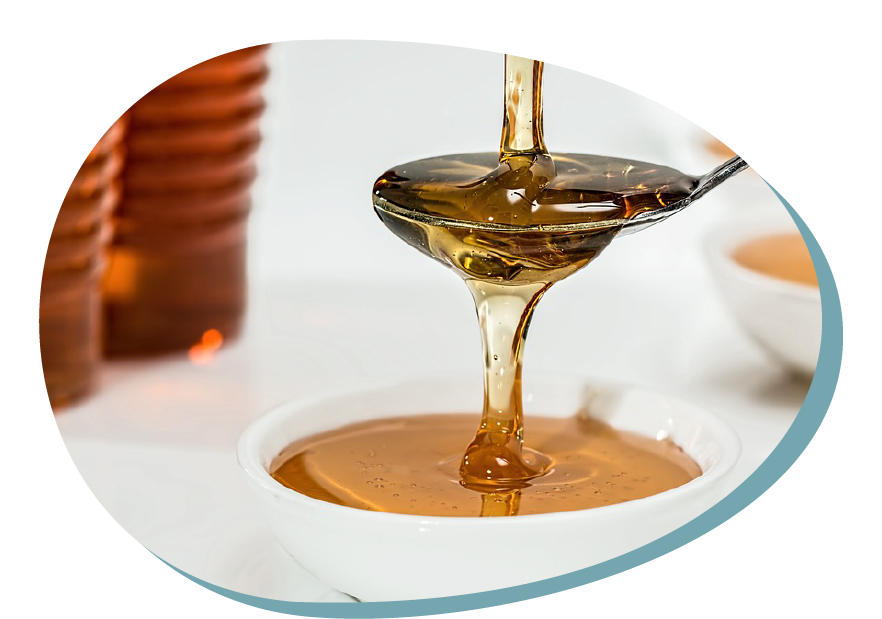Investigating the density of a honey – Experiment
Type of resource: Website
Web address http://www.piatresteavespucci.it/wordpress/wp-content/uploads/2012/11/esperimenti-1C-2011-2012.pdf
Language: Italian, English
Description
Experiment – investigating the density of differetn liquids. Understanding that different liquids may have different density. Observing how liquids of different density behave when they come in contact.
Scientific concept introduced
Honey, density, oil, washing up liquid, water, dye (food coloring), layers
Creative and critical thinking
Critical thinking – analyzing, comparing
Mathematical reasoning
measuring the amount of different liquids, using the kitchen measures
Scientific thinking
Asking questions, observing, predicting, experimenting, drawing conclusions
Learning how to learn
curiosity, motivation to learn and engage, reflecting on one’s own learning and knowledge
Additional
A/ Oral language development – Communicating, Scientific vocabulary
B/ Teamwork – following the rules of safety
C/ Fine motor skills – precision of movements
Investigating the density of a honey – Experiment
Overall aims
Cognitive:
Developing the ability to communicate, solve problems, identify connections and relations
Shaping the skills of finding information and interpreting data
Affective:
adopting a responsible and correct attitude towards the investigation and the preschool group
Psychomotorics:
improvement of fine motor skills and stimulation of hand-eye coordination
Vocabulary – keywords should be understood
Honey, density, oil, washing up liquid, water, dye (food coloring), layers
Expected learning outcomes (operational aims)
The child will be able to:
– conduct an experiment
– examine the density of honey and observe the behavior of liquids of different densities
– describe the experiment, draw conclusions and document (record) its course
– listen and follow instructions
STEM skills – to which the learning unit is related to
CORE STEM SKILLS
Critical thinking – analyzing, comparing
Mathematical reasoning – measuring the amount of different liquids, using the kitchen measures
Learning how to learn – curiosity, motivation to learn and engage, reflecting on one’s own learning and knowledge
ADDITIONAL SKILLS
Oral language development – enriching the scientific vocabulary,
Teamwork – cooperation
Fine motor skills and hand-eye coordination
Following the rues of safety during an experiment
Documenting an experiment in drawing
Teaching methodologies/activity outline
Introduction:
Presenting the materials to children (oil, honey, washing liquid, water, food pigments).
Problem question: What will happen when we pour these liquids into one vessel?
Predicting – write down children’s hypothesis
Activity:
Divide children into small teams, give every team a glass (or a jar), all the materials and kitchen measuring cups. Ask the children to follow the instruction:
1. First, pour 25ml of honey into a glass.
2. Then add 25ml of washing liquid.
3. Add water previously colorized with green pigments before, and then cover it with 25ml of oil
4. Observe
Note for the teacher: The four ingredients poured into the beaker are clearly distinguishable in four superimposed layers. Bottom up:
– honey
– dish soap
– water
– oil
Documentation of the experiment: photo, drawing
Conclusion:
The substances used, although occupying the same volume, have different densities. Honey, denser than the others, has a greater mass, i.e. more matter in the same volume as the other three substances. Workshop
can be continued by learning about honey, its nutritional values, honey formation and chemical composition, or the life of bees.
Assessment of learning
Drawing documentation of the effects of the experiment, photo of the results
Observation of children’s work by the teacher.
Equipment and materials to be used in learning unit (tools, ingredients etc)
clear glasses (at least 1 per group), honey, water, washing up liquid, oil, measuring cups (at least 1 per group), spoons, food coloring, sheets with experiment instructions (1 per group), paper and crayons, personal stationery
Optional: camera and billboard to document the experiment.
Kind of setting
Classroom or kitchen
References – source
http://www.piatresteavespucci.it/wordpress/wp-content/uploads/2012/11/esperimenti-1C-2011-2012.pdf
Investigating the density of a honey – Experiment
1. Usefulness for STEM education – integrating content of different disciplines
Cross-curricular character of the resource

The range of S-T-E-M subjects included

The presentation of possibilities of including artistic activities (STEAM approach)

2. Expected learning outcomes
Consistency (links) with preschool core curriculum

Communicativeness of description

3. Methodology of teaching
Clarity, communicativeness of instructions for teachers

Meaningful learning – using practical life problems

Original idea

The level of ease in implementing the methodology to preschool age children

The level of ease in preparing necessary ingredients, materials and equipment needed

4. Sustainability
Ecological characteristics of materials/ results

Supporting healthy eating habits

Low ecological footprint

Possibilities of inclusion (respecting cultural diversity and food intolerances)

5. Class management
Using differentiated forms of work – individual, team work etc.

Individual work

Team work

Whole group
6. Time management

Short activity (10-15 minutes)

Medium activity (20-30 minutes)

Long activity (1 hour or more)

Very long activity (1 day or more)
PDF: https://www.printfriendly.com/p/g/V3EAdY

